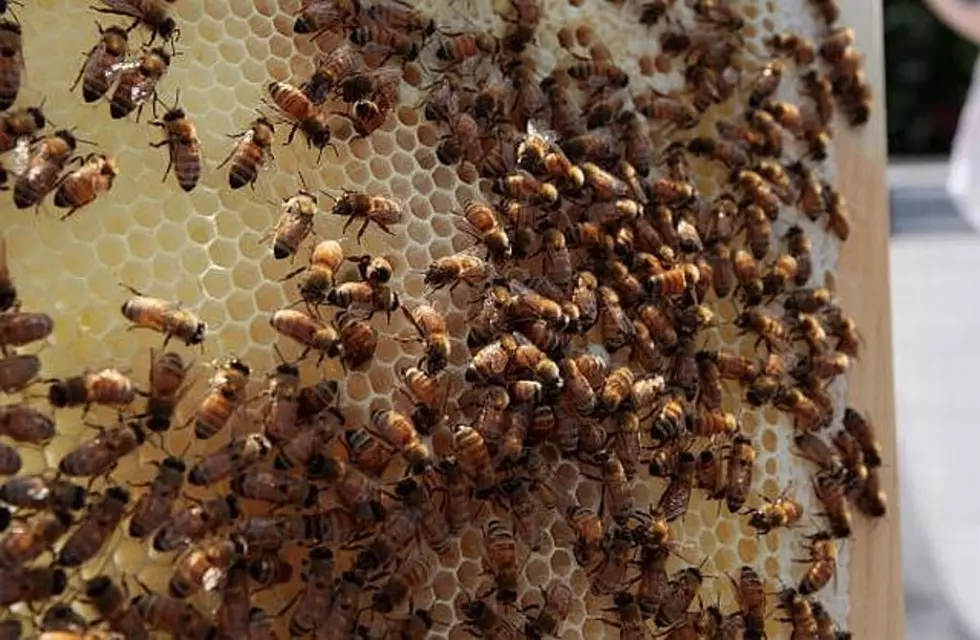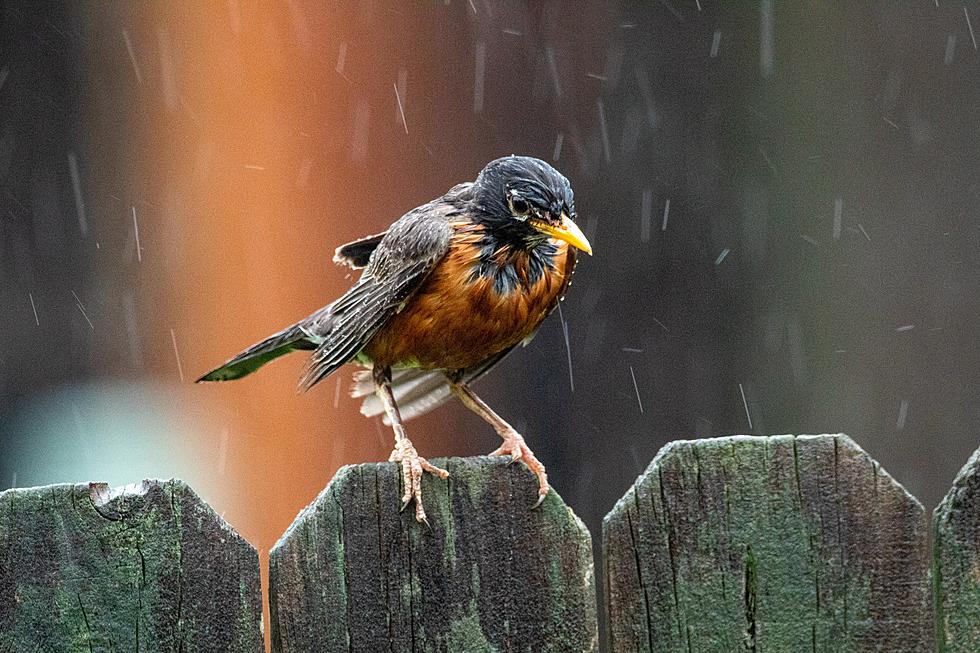
Bee, Pollinator Populations Struggling Across Minnesota
ST. CLOUD - A United Nations report released earlier this month says many species of bees, butterflies and other pollinators are shrinking towards extinction.
Pollinator populations are also struggling across the state, including the forested areas of Central Minnesota.
Crystal Boyd is studying bees in Minnesota for the Department of Natural Resources, she says St. Cloud is part of a forested biome in the state and has a variety of pollinators.
"You've got a great selection of bees, butterflies, moths and even flies and beetles can be pollinators. So you've got a big diversity up there."
St. Cloud and Central Minnesota have different types of bees compared to the prairie biomes in the more southern and southwestern parts of the state. Boyd says bees that live in forested areas can be quite different compared to other species in Minnesota.
"Our bees are very different between the regions. What's interesting about the forest is that they're often working along the edges. They're on those open really nice patches of flowers along the edges of forests."
Pollinators are vital for the environment in that they provide food, habitat and pollination for countless species and plants. The DNR says almost 90 percent of the world's flowering plant species rely on animal pollinators. According to the University of Minnesota Bee Lab, pollinators have a $20 billion economic impact on North America alone.
However, their populations are struggling. According to the U.N. report, 20,000 or so species of pollinators are crucial towards billions of dollars worth of crops every year. Yet two out of five species of invertebrate pollinators like bees and butterflies, are on a path to extinction.
Boyd confirms that pollinators are struggling in Minnesota and across the country. She says their main challenges are habitat loss, diseases like parasites or pathogens and pesticide use.
"If you release a chemical that's designed to kill an insect, it doesn't know the difference between a good bug or a bad bug, it just kills bugs."
The last attempt to catalog the entire state species list for bees was in 1919. Boyd is finishing a complete list of Minnesota bee species after years of research. A few years back she visited Central Minnesota and collected species at Quarry Park.
"It has these nice rock outcrops and open spaces surrounded by forests. I wanted to check it out because it's a rare area that could have interesting insects. I did a preliminary study and found lots of sweat bees and honey bees there."
If homeowners are looking to help native populations, Boyd says you can benefit pollinators by planting local native wildflowers in your yard or garden and keep them free of pesticides. For more on how to create a pollinator-friendly garden, visit the DNR Pollinator website by clicking here.
-This story was written with information from the Associated Press-
You can see more on Boyd's work by watching a video from the DNR below:
More From AM 1240 WJON

![Minnesota Honey Queen Educates Public at Benton County Fair [VIDEO]](http://townsquare.media/site/67/files/2017/08/Bees-at-Benton-County-Fair.jpg?w=980&q=75)



![Behind the Scenes: Buzzing Around the Beehive [VIDEO]](http://townsquare.media/site/67/files/2014/08/Screen-shot-2014-08-27-at-2.43.06-PM.png?w=980&q=75)

![Allergic Reaction From Bee Sting Hits Close to Home [AUDIO]](http://townsquare.media/site/67/files/2014/08/Bee.png?w=980&q=75)

